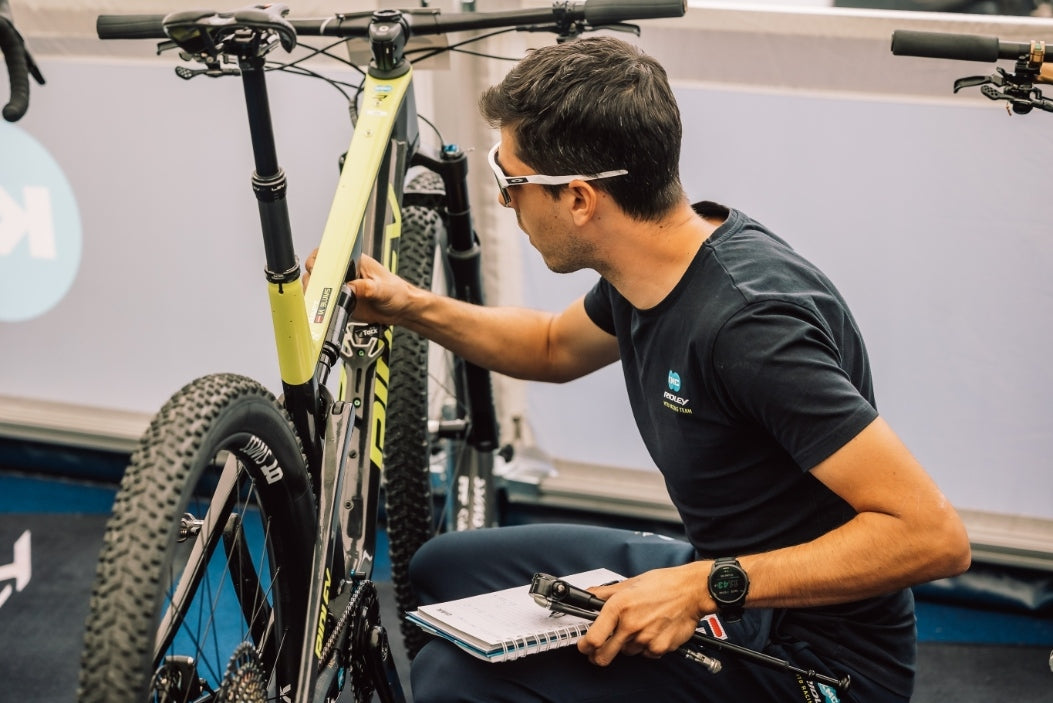Stock vs Tuned Suspension Setup at World Cup Race

Understanding Stock vs. Tuned Suspension: Performance and Customization
Stock suspension is the standard setup provided by the manufacturer, designed for general comfort, safety, and handling across diverse conditions. While it’s suited for everyday use, it may not meet the high-performance needs of competitive riders.
Tuning, however, customizes suspension settings and components—such as springs, dampers, oils, and shim stacks—for optimal handling, cornering stability, and grip. This approach often appeals to those seeking a more aggressive, race-oriented ride, although it may reduce comfort for casual use.

Suspension Tuning for World Cup Racing
For challenging courses like the Val di Sole World Cup track, telemetry data helps guide tuning adjustments. Changes can range from air pressure adjustments to complex modifications like valve redesign, oil flow changes, and shim stack adjustments. For this track, tuning included valve redesign and increased oil flow, resulting in significant performance improvements.
After tuning, high-speed compression (HSC) flow improved by 13.93%, and high-speed rebound (HSR) by 3.7%. The fork traveled 23.72% more distance per lap, achieving a sensitive, responsive ride for faster, smoother performance.

Rider Feedback
“After tuning, my suspension feels faster on compression and more sensitive from grass to rock gardens. More travel is utilized, making the ride smoother. Previously, the bike bounced more, impacting my vision for line selection.”
Balancing front and rear suspension is essential post-tuning, especially on technical courses like Val di Sole. Notably, Cross-Country (XCC) and Cross-Country Olympic (XCO) setups differ significantly.






Leave a comment